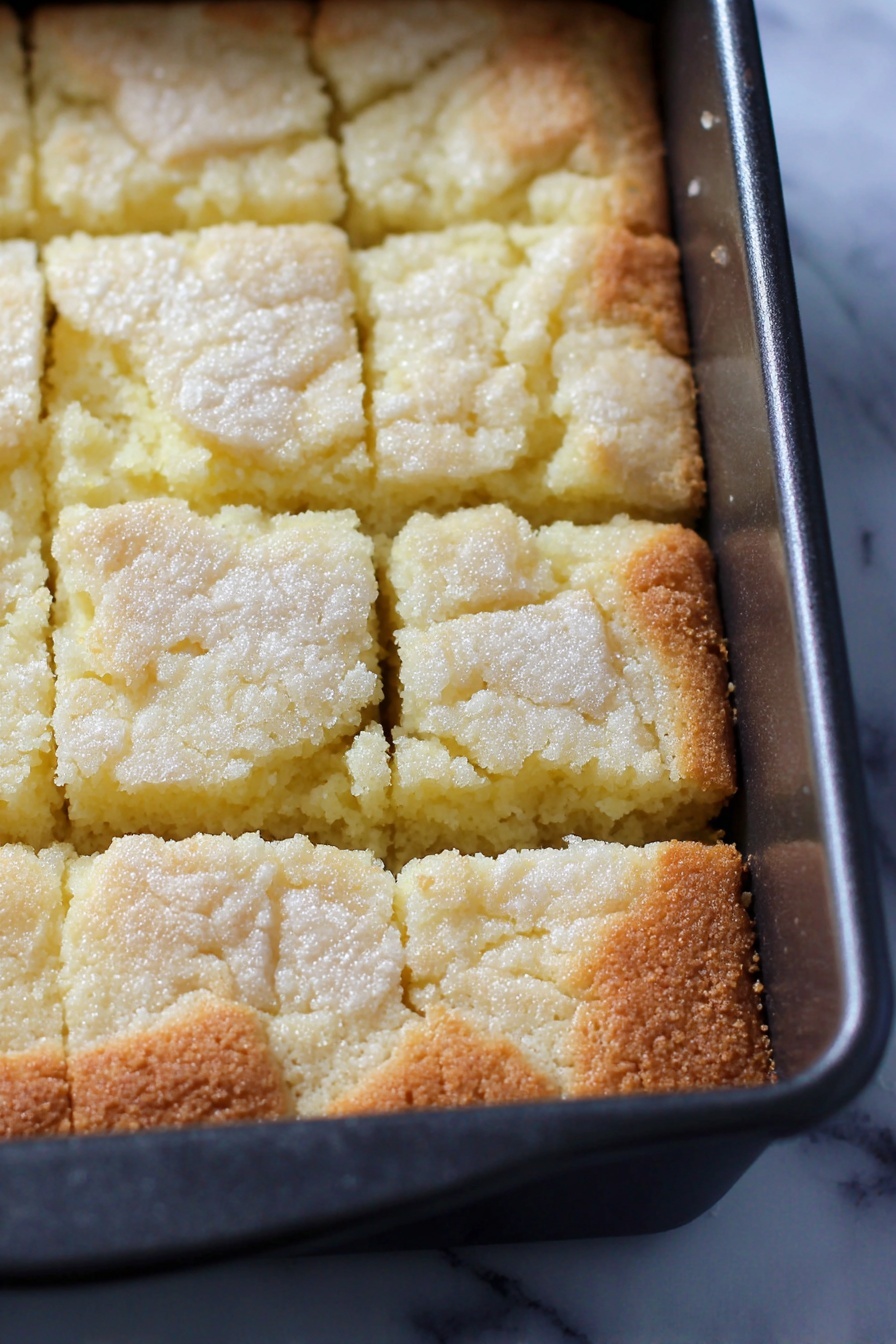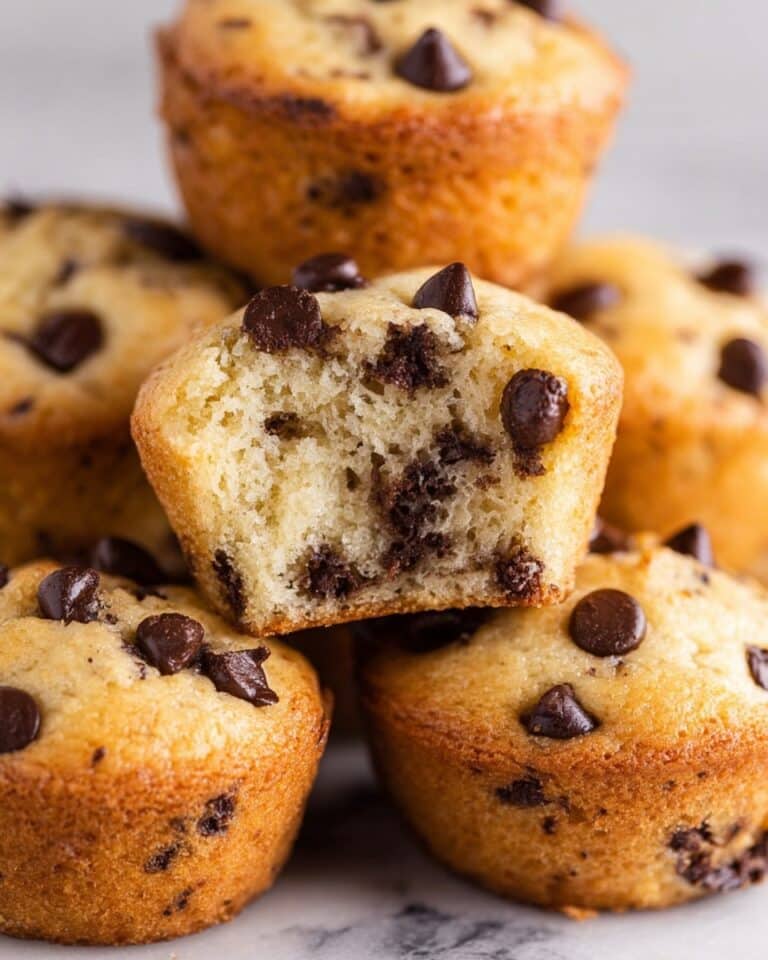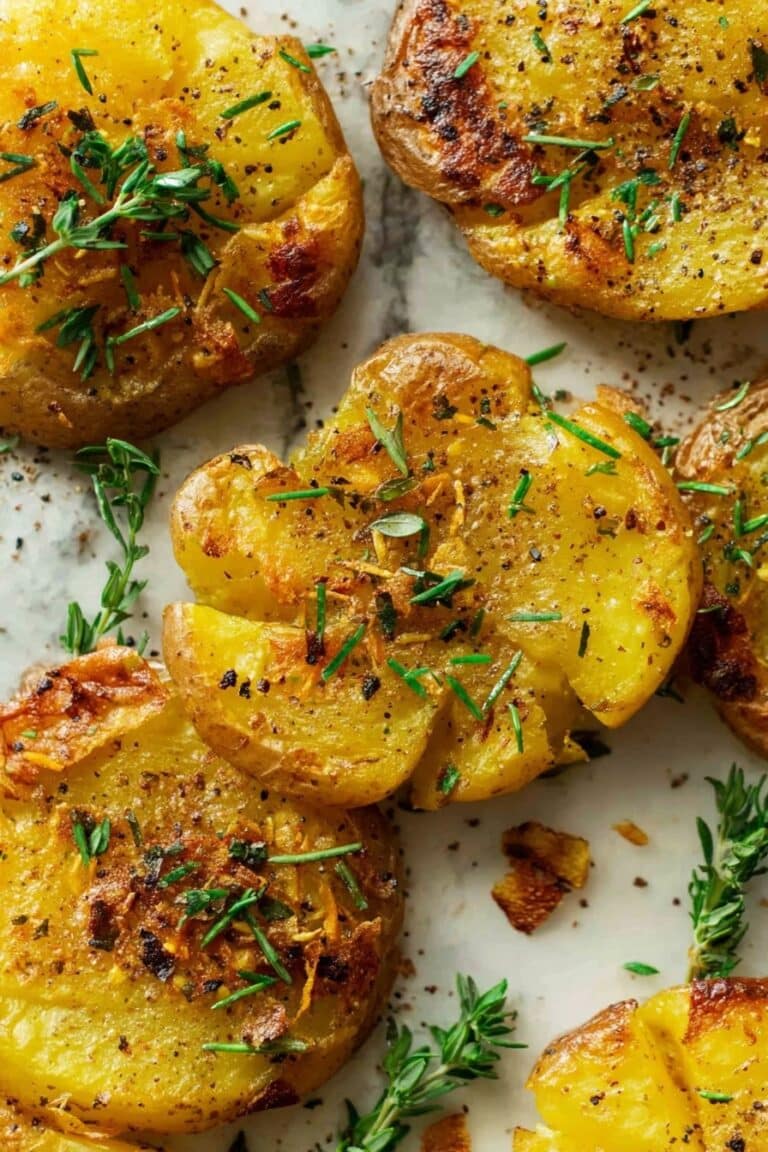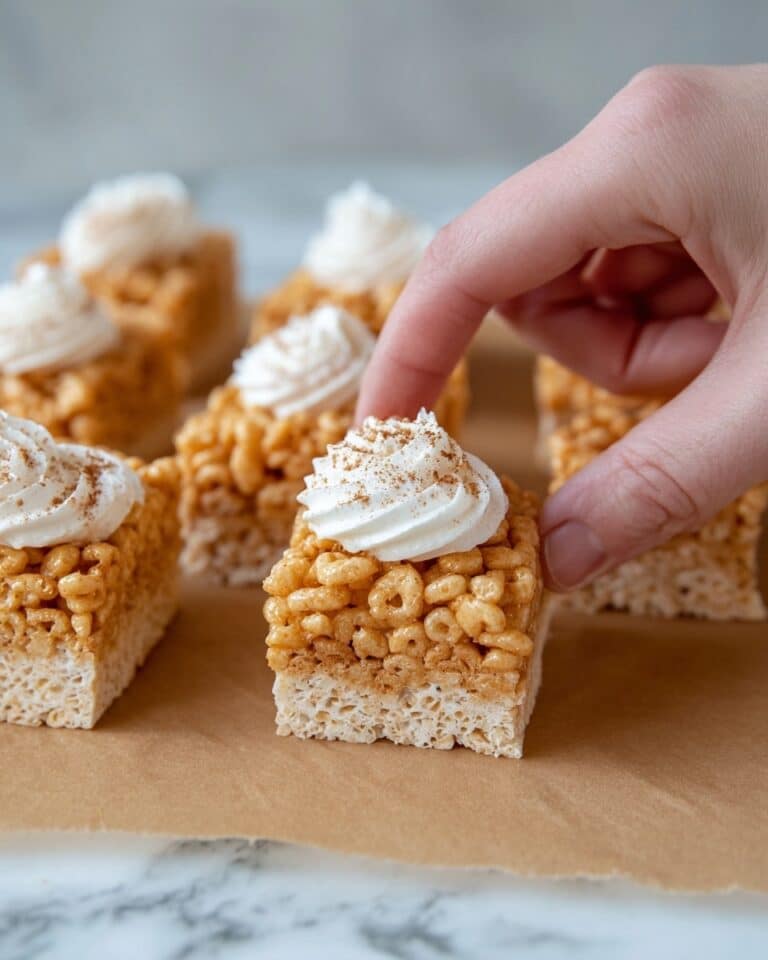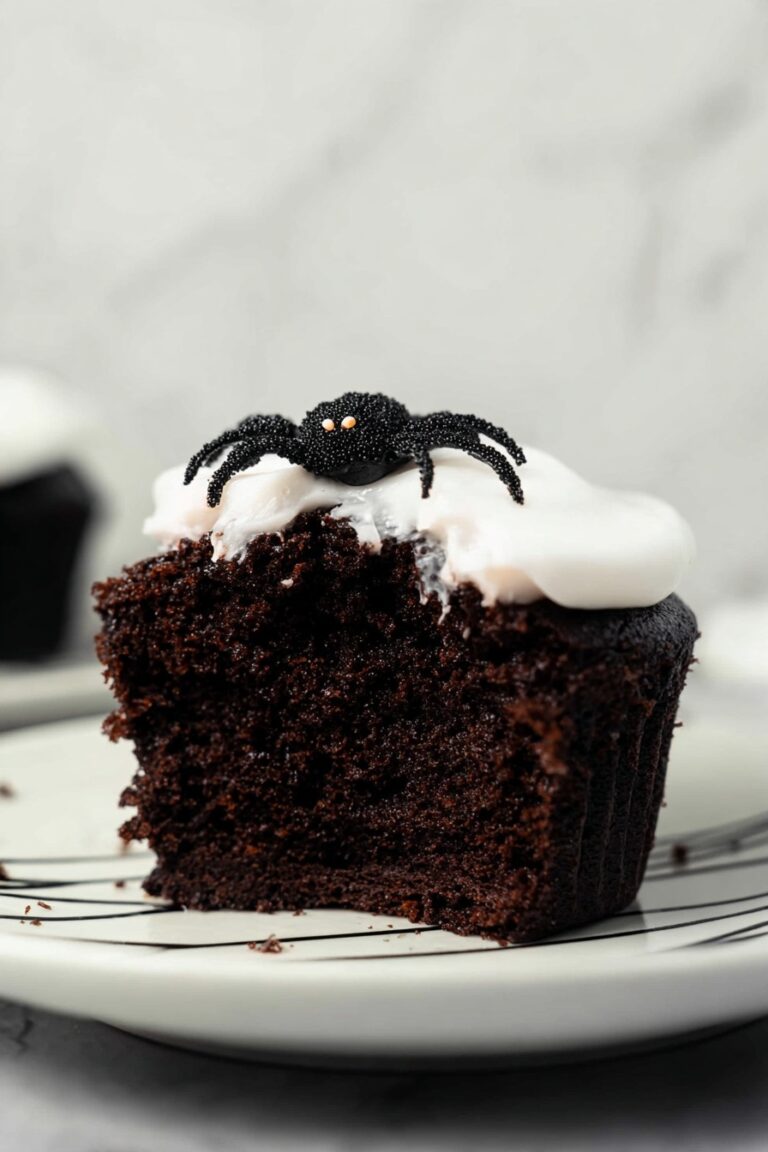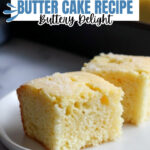French Butter Cake Recipe
If you’re on the hunt for a buttery, tender, and irresistibly simple dessert, you’re in for a treat with this French Butter Cake Recipe. Seriously, I’ve made this a dozen times, and every single bite is rich, moist, and perfectly sweet—a fan-freaking-tastic cake that feels fancy without any fuss. Stick with me, and I’ll walk you through the ingredients, tips, and tricks so your French Butter Cake turns out just like mine (or better!).
Why This Recipe Works
- Simple Ingredients: Uses pantry staples you already have—no complicated flour blends or exotic spices.
- Buttery Richness: Melted butter mixed with sour cream creates a luxuriously moist crumb that melts in your mouth.
- Balanced Sweetness: Just the right amount of sugar on top adds a subtle crunch without overpowering the cake.
- Fail-Proof Technique: Step-by-step mixing keeps the batter light and smooth, avoiding heavy dense cakes you sometimes get with butter-heavy recipes.
Ingredients & Why They Work
Every single ingredient in this French Butter Cake Recipe has a purpose. From the rich butter to the tangy sour cream, they team up perfectly to deliver a moist, flavorful cake that’s both tender and dense without being heavy. I always pick good-quality unsalted butter and fresh eggs because they truly make a difference.

- Granulated sugar: Provides sweetness and a slight crisp top when sprinkled before baking.
- Unsalted butter: Using melted butter here gives the cake richness and helps create that tender crumb.
- Eggs: Room temperature eggs blend easier and add structure without toughness.
- Vanilla extract: A little vanilla magic enhances the buttery flavor beautifully.
- Cake flour: Soft, low-protein flour keeps the cake light and tender compared to all-purpose flour.
- Baking powder: The leavening agent that helps lift the cake just enough.
- Salt: Balances sweetness and highlights the buttery notes.
- Sour cream: Adds moisture and a slight tang that cuts through richness, keeping the cake delightful.
Tweak to Your Taste
One of the best parts about this French Butter Cake Recipe is how easy it is to make it your own. I often swap vanilla extract for almond extract when I want a hint of nuttiness, and sometimes I fold in fresh berries for a fruity surprise — makes it feel more like a special occasion.
- Berry Twist: Adding fresh raspberries or blueberries right before baking gives pops of juicy flavor and a pretty look.
- Gluten-Free Version: I’ve experimented with gluten-free cake flour blends and it turns out wonderfully if you’re accommodating diet needs.
- Less Sweet: If you prefer less sugar, reduce granulated sugar slightly—this cake handles it well because of the sour cream’s tang.
- Double Up: Made a double batch for family brunch; the batter holds up beautifully in a larger pan.
Step-by-Step: How I Make French Butter Cake Recipe
Step 1: Prep and Melt Butter
First things first: preheat your oven to 350°F and grease your 9×9-inch baking dish. Melting butter is key here, making sure it’s just cooled down a bit before mixing, so you don’t cook the eggs or create lumps later on.
Step 2: Cream Sugar and Butter
In a large bowl, combine granulated sugar and the melted butter. I use a hand mixer and beat it for about a minute until it looks a bit lighter and fluffy—this helps with the texture later on. Don’t rush this step!
Step 3: Add Eggs and Vanilla
Now add the eggs one at a time, mixing well after each addition to ensure a smooth blend. Then pour in the vanilla extract and mix just until combined. Using room temperature eggs really makes this step smoother, trust me.
Step 4: Mix Dry Ingredients Separately
In a separate bowl, sift together cake flour, baking powder, and salt. This step might feel old-school but it’s essential to avoid lumps and to aerate the flour for a lighter cake. Slowly add the dry mix to your wet ingredients while stirring gently—don’t overmix or the cake will get tough.
Step 5: Fold in Sour Cream and Transfer to Pan
Finally, fold in the sour cream with a spatula. It might seem a little thick at first, but keep folding until it’s just blended. Pour the batter into your greased dish and sprinkle the remaining sugar on top for that signature sparkle and slight crunch.
Step 6: Bake and Cool
Bake for about 30-35 minutes or until a toothpick inserted in the center comes out clean. Oven temps vary, so start checking at 30 minutes. Let it cool completely before slicing so it sets perfectly and you get those clean, beautiful squares.
Pro Tips for Making French Butter Cake Recipe
- Butter Temperature: Melt your butter but let it cool slightly before mixing to avoid cooking the eggs.
- Don’t Overmix: Fold your flour mixture in gently to keep the cake light and tender, not chewy.
- Room Temp Eggs: Cold eggs shock the batter; letting them warm helps them combine smoothly.
- Sugar Sprinkle: Don’t skip the extra sugar on top—it adds a lovely crunch and classic look.
How to Serve French Butter Cake Recipe

Garnishes
I love a simple dusting of powdered sugar or a few fresh berries on top when I serve this cake. Sometimes, a small dollop of whipped cream complements it nicely without overshadowing the rich buttery flavor.
Side Dishes
This cake pairs perfectly with a cup of strong coffee or afternoon tea. For brunch, I’ve served it alongside fresh fruit salad or a cinnamon-spiced yogurt—that balance of creamy and tangy really makes the cake shine.
Creative Ways to Present
If you want to dress it up for a party, I’ve layered slices with jam and whipped cream to make a quick trifle or topped wedges with a drizzle of caramel sauce and toasted almonds—instantly elevates the humble cake to “wow” status.
Make Ahead and Storage
Storing Leftovers
I usually store leftover French Butter Cake wrapped tightly in plastic wrap or in an airtight container at room temperature. It stays moist for up to three days, which means you’ve got plenty of time to enjoy it without worrying about it drying out.
Freezing
I’ve frozen this cake a couple of times, slicing it first and wrapping each piece in foil before sealing in a freezer bag. When thawed overnight in the fridge, the texture surprisingly holds up wonderfully—just like freshly baked.
Reheating
To warm up leftovers, I pop a slice in the microwave for 15-20 seconds or briefly into a preheated oven at 300°F for 5 minutes. This revives that buttery softness and makes it taste freshly baked again.
FAQs
-
Can I use all-purpose flour instead of cake flour in this French Butter Cake Recipe?
Yes, you can substitute all-purpose flour, but the cake might turn out slightly denser. To mimic cake flour, try replacing 2 tablespoons of flour per cup with cornstarch, which helps keep the cake tender.
-
Why is sour cream used in this French Butter Cake Recipe?
Sour cream adds moisture and a subtle tang, balancing the rich butter flavor while keeping the cake tender. It also helps with a delicate crumb and prevents the cake from drying out too quickly.
-
How do I know when the French Butter Cake is perfectly baked?
The best indicator is when a toothpick inserted into the center comes out clean or with just a few moist crumbs attached. Overbaking can dry out the cake, so start checking at 30 minutes depending on your oven.
-
Can I make this cake in a different size pan?
Yes! If you use a larger pan, keep an eye on the baking time—it will likely cook faster. A smaller or thicker pan might need more time. Adjust accordingly and test with a toothpick.
-
Is this French Butter Cake Recipe suitable for beginners?
Absolutely! The steps are straightforward, and the ingredients are simple. I always say this is a great cake to build confidence because it’s forgiving and so rewarding.
Final Thoughts
I truly adore this French Butter Cake Recipe because it feels like a little bit of homemade luxury you can whip up anytime. It’s become my go-to when I want a fuss-free cake that tastes indulgent and reminds me of cozy afternoons with friends and family. Give it a try—you’ll be amazed at how something this simple can taste so wonderfully rich and buttery. Then come back and tell me your favorite twist!
Print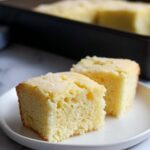
French Butter Cake Recipe
- Prep Time: 10 minutes
- Cook Time: 35 minutes
- Total Time: 45 minutes
- Yield: 16 servings
- Category: Dessert
- Method: Baking
- Cuisine: French
Description
A rich and tender French Butter Cake featuring a moist crumb, delicate vanilla flavor, and a slight crunch from a sugar topping. Perfect for dessert or an indulgent snack, this classic recipe combines the creamy texture of melted butter with the tanginess of sour cream for a delightful treat.
Ingredients
Wet Ingredients
- 1 cup unsalted butter, melted
- 3 eggs, room temperature
- 2 ½ teaspoons vanilla extract
- ⅔ cup sour cream
Dry Ingredients
- 2 cups cake flour
- 2 teaspoons baking powder
- 1 teaspoon salt
- 1 cup granulated sugar
- 2 tablespoons granulated sugar, for topping
Instructions
- Preheat and prepare baking dish: Preheat your oven to 350 degrees F and grease a 9×9-inch baking dish to prevent sticking.
- Mix sugar and butter: In a large mixing bowl, combine 1 cup granulated sugar and melted butter. Beat for about 1 minute until the mixture becomes light and airy, which helps create a tender cake texture.
- Add eggs and vanilla: Incorporate eggs one at a time, mixing well after each addition. Then add the vanilla extract and continue to mix until fully blended.
- Combine dry ingredients: In a separate small bowl, sift together cake flour, baking powder, and salt to ensure even distribution and a light crumb.
- Mix dry ingredients into wet: Slowly add the dry ingredients to the wet mixture, folding gently until just combined to avoid overmixing which can toughen the cake.
- Fold in sour cream: Gently fold in the sour cream. This adds moisture and richness to the batter, creating a soft and tender crumb.
- Transfer and top batter: Pour the batter into the prepared baking dish and spread evenly. Sprinkle the 2 tablespoons of granulated sugar evenly over the top to create a sweet, slightly crunchy crust.
- Bake the cake: Place the dish in the oven and bake for 35 minutes or until a toothpick inserted in the center comes out clean, indicating the cake is fully baked.
- Cool the cake: Allow the cake to cool in the baking dish before slicing. Cooling helps to set the structure and enhances the flavor.
Notes
- Room temperature eggs help the batter combine more smoothly and evenly.
- Using cake flour gives the cake a finer, softer crumb compared to all-purpose flour.
- Do not overmix the batter once the dry ingredients are added to keep the cake tender.
- Sour cream adds moisture and slight tanginess; you can substitute with Greek yogurt if desired.
- The sugar topping adds a delightful crunch and contrast to the soft crumb—don’t skip it.
- Allow the cake to cool completely before slicing for cleaner cuts.
Nutrition
- Serving Size: 1 slice (1/16 of cake)
- Calories: 320 kcal
- Sugar: 22 g
- Sodium: 180 mg
- Fat: 22 g
- Saturated Fat: 13 g
- Unsaturated Fat: 7 g
- Trans Fat: 0 g
- Carbohydrates: 27 g
- Fiber: 0.5 g
- Protein: 4 g
- Cholesterol: 90 mg

